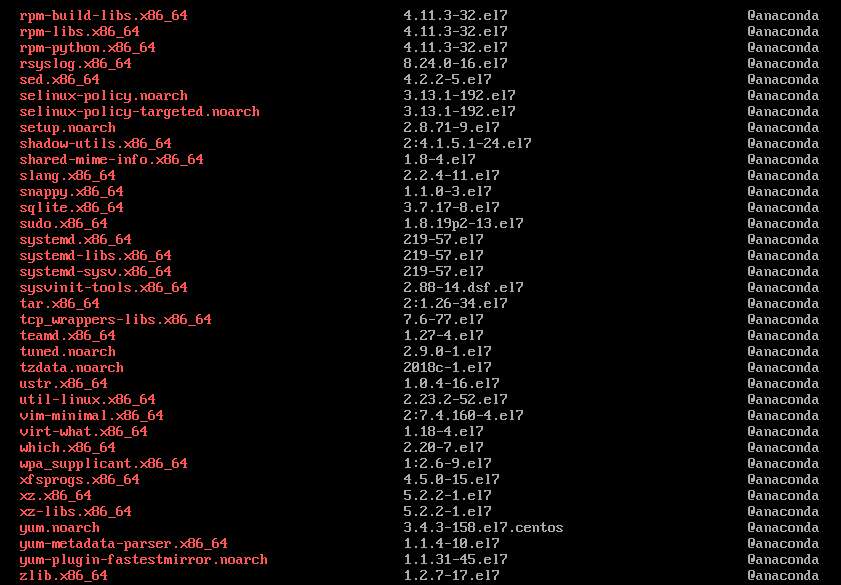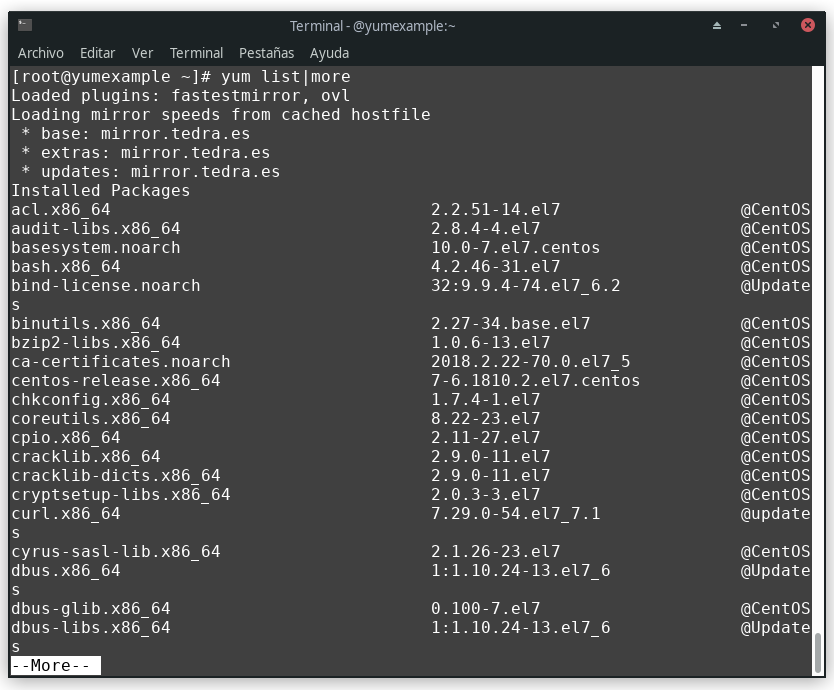


This is not the same as using rpm or rpmsign: $ gpg -detach-sign -armor myrepo/repodata/repomd.xml Doing this guarantees to users of your repository that you generated the metadata. You can then use GPG to sign the repository metadata. This will create a directory named repodata, containing the repository metadata which is described in depth below.

You can create a yum repository by using the command line tool createrepo, which you can install on CentOS and Red Hat systems by running: $ sudo yum install createrepoĬreaterepo takes a single command line argument in its simplest usage: the directory to output the yum repository metadata.Īssuming you have some RPM files in your current directory, you can run one commands to generate the yum repository: $ createrepo. Yum repositories are essential for storing, managing, and delivering software to end systems.īefore taking a closer look at the repository metadata itself, let’s show how to get a repository setup by using the open source createrepo command line tool. Having a yum repository allows you to perform package install, removal, upgrade, and other operations on individual packages or groups of packages. We’ll cover what each index file means and take a look at how a user can inspect the metadata themselves.Ī yum repository is a collection of RPM packages with metadata that is readable by the yum command line tool. This blog post will go into details on the internals of yum repositories by examining each of the index files created as part of yum repository’s metadata.


 0 kommentar(er)
0 kommentar(er)
